Do you love the child-centered Montessori approach to learning, but don’t know what Montessori toys will actually engage your wiggly and wild 1 year old?
One year olds are busy working on gross and fine motor skills, spatial awareness, object permanence, problem-solving, and even language development. Choosing the right toy at the right time to harness their innate love of learning at every age and stage is practically a full time job!
That’s why we’ve compiled a list of our favorite screen-free, mom guilt-free Montessori toys tested in the real world by a scientist mom of two.
Why Trust Us?
Brittany Carter, MPH is a former epidemiologist with a decade of experience translating research into practical, actionable advice. She serves as Vice President and parent-teacher for a Montessori-inspired preschool in metro Atlanta while raising two young humans.

This site contains affiliate links, meaning that we earn a small commission for purchases made through our site. We only recommend products we personally use, love, or have thoroughly vetted.
The Best Montessori Toys for 1 Year Olds
- Best for Finger Strength: Galt Pop Up Toy
- Best for Improving Focus: Wood Horizontal Dowel Puzzle
- Best for Body Awareness: Miniland Baby Doll
- Best for Pincer Grasp: Adena Montessori Coin Box
- Best for Hand-Eye Coordination: PlanToys Pound and Drop
- Best for Walkers: Radio Flyer Walker Wagon
- Best for Cruisers and Climbers: Lily & River Pikler Triangle
- Best for Maximum Effort (Heavy Lifting): Giant Ring Stacker
- Best for Visual Tracking: TAG Ball Tracker
- Best for Gross Motor: Woom 1 Balance Bike
- Best for Fine Motor: Adena Montessori Lacing Set
- Best for Problem Solving: Shape and Size Knob Puzzles
What Is A Montessori Toy?
Okay, let’s back up a little bit first! What even is a Montessori toy?
Montessori toys are beautiful to the eye, free of distracting sound or lights, and readily accessible to children throughout the day.
The Montessori method is an educational method developed by Dr. Maria Montessori. It centers on the belief that children are powerful learners capable of guiding their own developmental path.
A Montessori toy:
- Targets a specific age range, called “sensitive periods”
- Develops skills kids use in real life
- Allows kids to check their own work
- Appealing design with simple, clean lines
- Composed of natural materials like wood, stone, metal, glass, cloth or ceramic
Best Toy For Finger Strength
Galt Pop Up Toy
Price: $15
Pros
- Timeless and simple design
- All natural wood
- Hours of open-ended play
Cons
- Peg dolls are tempting to use as teethers
- The peg dolls look a little bit like smiling phalluses
Why We Love It
This unassuming all-wood toy from British manufacturer Galt provides countless hours of playtime. Once your child discovers they can launch the little wooden peg people like rockets, they won’t be able to stop!
The pegs are easily grasped by chubby little fingers, preparing a child’s hand for holding pencils or crayons down the road. Don’t donate this toy too quickly either! It’s an excellent intro to color sorting and even more fine motor practice to stand the pegs on end.
Best Toy For Improving Focus
Wood Horizontal Dowel Puzzle
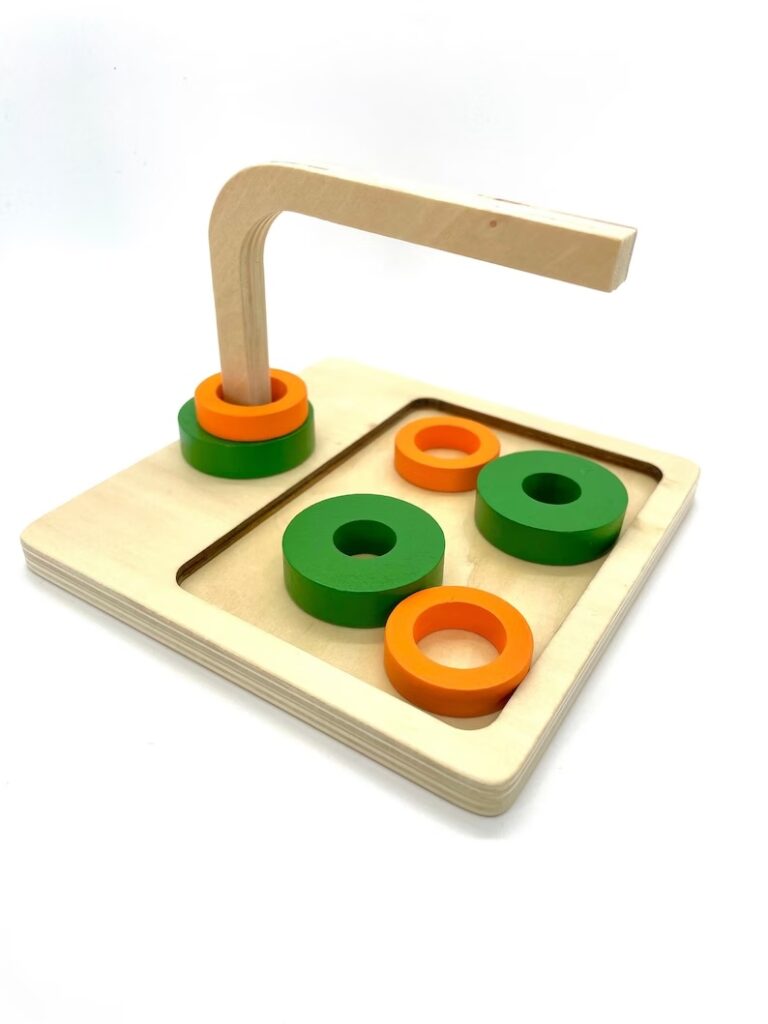
Why We Love It
Who doesn’t love an interesting challenge? You know the ones that seem attainable but just slightly out of reach? That what this puzzle does for many one year old–months of manipulation are often required to confidently complete this puzzle. All the while your little brainiac develops greater focus and coordination, not to mention wrist and finger strength.
I get a little too excited imagining the pride and satisfaction a child must feel to master this simple yet effective Montessori toy.
Price: $30
Pros:
- Two ring sizes for extra challenge and interest
- Sleek design with storage tray
- Handmade beech wood
Cons:
- Some frustration playing with this toy is normal
- Curved dowel is not “classic” Montessori
Best Toy For Body Awareness
Miniland Baby Doll
Price: $34
Pros:
- Comes in a variety of skin tones and eye colors
- Scratch-resistant and easy to clean
- Perfect size for babies and toddlers
Cons
- Hair feels synthetic
- Clothes are difficult for kids to remove independently
Why We Love It
The Miniland baby doll has one very special feature – genitalia! Kids need to know about their private parts, and here’s why. While nothing stops you in your tracks faster than a toddler shouting “my penis!,” a child that understands their body is one that speaks up when someone touches them in an inappropriate way.
Consider this doll the starting point for a lifelong conversation about body boundaries and safety. This isn’t just one crunchy mama’s opinion either. The American Academy of Pediatrics actually recommends teaching children their body parts using scientific names. So repeat after me…”vulva!”
Best Toy For Pincer Grasp
Adena Montessori Coin Box
Price: $19
Pros:
- Durability
- Teaches object permanence as well
- Keep it for pretend play into the preschool years
Cons:
- Drawer must be fully closed for coins to fit
- Container doesn’t store all the coins
Why We Love It
Toddlers are high-key obsessed with hiding things in hard-to-reach places. We’re talking social security cards in air conditioning vents or car keys down stormwater drains. No es bueno, friends.
The Adena Montessori coin box scratches this itch, in a more productive, less disaster-y way. We love that pincer grasp is a prerequisite to using this toy. The coins simply can’t be inserted if a child is grasping the coins with their whole hand (aka palmar grasp). It’s a Montessori classic for a reason!
Best Toy For Hand-Eye Coordination
PlanToys Pound and Drop
Price: $40
Pros:
- Beautiful, simple design
- High quality, carefully polished wood
- Durability
Cons:
- Every now and then balls get stuck inside
- Supervision required to use hammer
Why We Love It
The PlanToys Pound and Drop engages the mind, the body, and the senses as children work to tap the hammer hard enough in just the right place to release each ball. This toy is an ideal gift guaranteed to wow any toddler–not to mention it’s an all-round stunner of a toy for any open shelf. If you’re worried about the hammer, keep in mind many kids chuck the hammer aside anyway and use their fingers to press the balls down.
Let those little fingers work out! They’ll need to be nice and strong for pressing buttons or squeezing scissors down the road.
Pro Tip:
The major milestones achieved during the 13-18 month stage require significant movement. To master these activities, your child stays on their feet and in motion most of the day. Got a little speed demon? Totally normal!
Best Toy For Walkers
Radio Flyer Walker Wagon
Price: $80
Pros:
- The adorable “tick tick” sound it makes as it rolls
- Handles on carpet, hardwood, and even sidewalk
- Great for hauling toys, laundry, etc.
Cons:
- Assembly required
- Often out of stock
Why We Love It
New walkers quickly discover their hands are free for all sorts of tasks–eating, carrying, and even pushing. It feels like a super power, so naturally it’s all they want to do. This is the ideal time for a pushing toy and trust us, the Radio Flyer Walker Wagon is hard to beat.
It’s a true workhouse of a wagon, hauling everything from tennis balls to baby dolls to potted plants. Kids naturally practice balance, stopping, and changing directions as they propel the wagon forward. With a timeless design, it fits right into a family photo shoot or an instagram-worth play room.
Best Toy For Climbers and Cruisers
Lily & River Pikler Triangle
Price: $200-$250
Pros:
- Fast assembly
- Folds flat for storage
- Great for active kids on rainy days
Cons:
- Ramp wobbles if improperly placed
- Accessories are an additional expense
Why We Love It
Fancy a gross motor one-stop shop right in your living room? We’ve got you covered with Lily & River’s updated version of the classic Pikler, made in the USA. The Pikler Triangle was invented by Hungarian pediatrician, Dr. Emmi Pikler, to promote gross motor development in infants and young children.
The Pikler’s low pyramid-style ladder builds a crawling baby’s confidence to stand as they grasp higher and higher rungs. It’s tall enough to be a bit thrilling but low enough to avoid dangerous falls. Older toddlers enjoy the more modern addition of ramps and bridges, especially all the colorful options available from Lily & River. It’s a beautiful, functional addition to any indoor play space.
Best Toy For Maximum Effort (Heavy Lifting)
Giant Ring Stacker
Price: $100
Pros:
- 100% Handmade
- Excellent craftsmanship
- Won’t find anything like this in a store
Cons:
- Limited stock
- Ships from overseas
Why We Love It
At some point in the life of every 1 year old, they are stricken with the unquenchable desire to lift, shimmy, drag, and roll every object in the house that’s at least 10 times their body weight. (Dr. Montessori describes this phenomenon in her book The Absorbent Mind.)
From one mom to another, you’ve got to channel that energy before it rearranges all your furniture. That’s where the giant ring stacker shines. It’s perfect for ambitious young toddlers who only want to play with the biggest, heaviest, most epic toys.
Just don’t tell them they’re also practicing gross motor skills, spatial awareness, and problem solving!
Best Toy For Visual Tracking
TAG Ball Tracker
Price: $96
Pros:
- Surprisingly stable
- Minimal assembly
- Fun for baby through preschool ages
Cons:
- Screws may loosen if baby leans on toy frequently
- Pricier compared to other ball trackers
Why We Love It
Unlike other dupe ball trackers or marble runs, the TAG Ball Tracker offers flawless quality and a generous size. At almost two feet high, it’s an impressive toy especially from a toddler’s perspective. Its open-walled symmetrical design means it’s accessible to children at any height, as long as they’re sitting upright.
While visual tracking is a skill first learned in infancy, kids learn to track fast moving objects like the balls on this tracker close to their first birthday. They’ll be mesmerized by the ball’s twists and turns, returning to this toy again and again to experiment and observe.
Best Toy For Gross Motor
Woom 1 Balance Bike
Price: $250
Pros:
- Ergonomic design for kids
- Lightweight
- Super shock-absorbing
Cons:
- Expensive compared to other bikes
- Handlebar break can be trickier for kids
Why We Love It
Specializing solely in children’s bikes, Woom makes the highest quality balance bike on the market. When we first introduced our son to balance bikes, we gave him a clunky thrifted bike and he was having none of it. I think we put him off cycling for years!
Meanwhile, the Woom 1 gives kids 18 months and older a smooth, balanced ride with a customized fit and manageable steering. Woom also knows their bikes are an investment, so they’ve created a loyalty program to save you hundreds of dollars. When your child is ready to size up, Woom offers a UpCycling membership program where you can purchase your next bike at a 40% discount, shipping included. Suddenly the math is adding up!
Best Toy For Problem Solving
Shape and Size Knob Puzzles
Price: $24
Pros:
- Sturdy
- Simple design with bright colors
- No distracting logos
Cons:
- Likely won’t be used beyond age 2
- Supervision required
Why We Love It
These classic Montessori puzzles are deceptively simple, setting the stage for years of increasingly challenging Montessori activities. They’re not to be skipped! The little knobs are easily grasped by developing hands, and we all know 1 year olds aren’t shy about taking things apart.
Just set them neatly on your child’s toy shelf and see what unfolds. It won’t be long before they’re puzzling away, learning early geometry and physics concepts without so much as a word from mom or dad. Self-discovery, baby!
Best Toy For Fine Motor Skills
Adena Montessori Lacing Set
Price: $26
Pros:
- Includes wooden storage tray
- Perfect size for toddlers
- Different color beads for creating sequences
Cons:
- Needle and bead stopper look too similar
- Limited variety of shapes
Why We Love It
When you think of fine motor skills, there’s hardly anything more advanced than threading a needle. Even adults find this simple skill a challenge! Fortunately for your little one, the Adena Montessori Lacing Set is the perfect size and difficulty level for young toddlers craving fine motor work.
This toy is a daily invitation to sit for a while and focus on a single activity. A sitting toddler! Can you imagine? The included tray makes storage a breeze when they’re all done. We love to bring it out as a quiet activity before naptime, and it packs up small for bringing on a flight or road trip. As your child grows, this toy is happily repurposed for open-ended pretend play!
Our favorite Montessori toys are field-tested to meet your child at every age and stage throughout their second year of life.
Which of these Montessori toys makes you pumped for playtime? Let us know!
Montessori Toys for 1 Year Olds FAQs
Research suggests toddlers with fewer toys play longer and with more creativity. We recommend owning about 12 toys for your 1 year old.
The Montessori method benefits every age and stage, including 1 year old toddlers! Start by introducing your 1 year old to practical life Montessori activities at home.
Most children enter Montessori school at 2.5 to 3 years old, but you can start Montessori style learning from birth!
More Parenting Articles
- Educational activities for toddlers at home
- Best baby pajamas
- Sensory activities for babies
- List of boundaries for grandparents
- Bamboo baby pajamas
- Educational gifts for 4 year olds
Articles for New Moms
- New mom care package
- Best postpartum leggings
- Postpartum gifts
- Best postpartum pajamas
- Best push present ideas

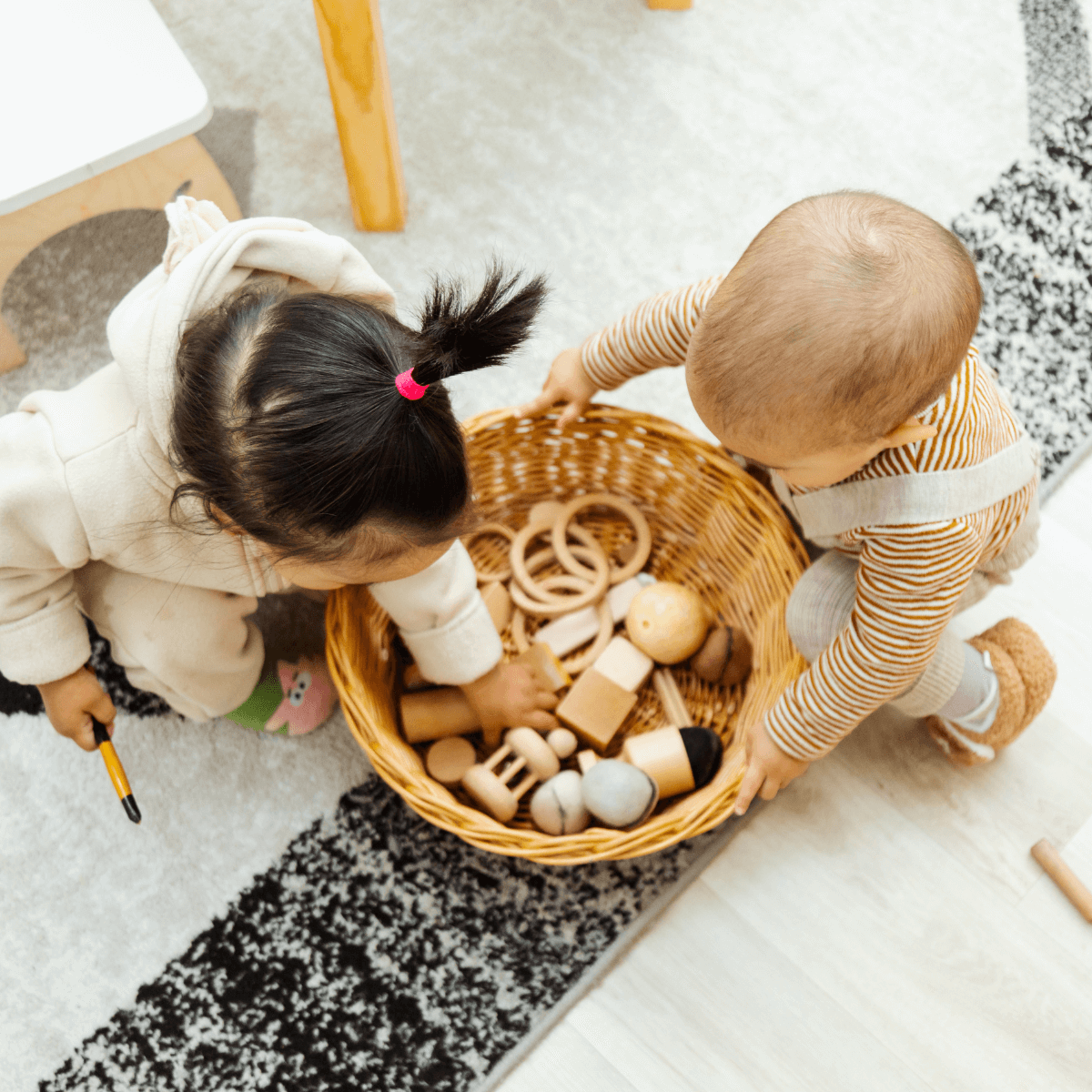





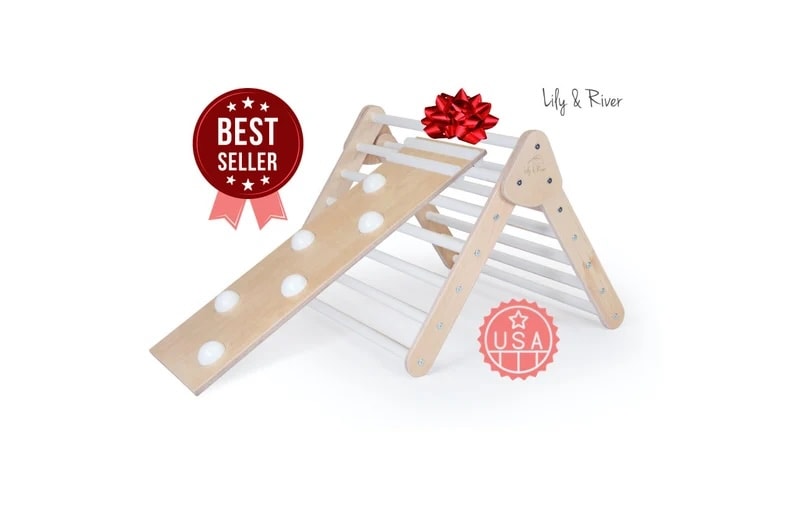
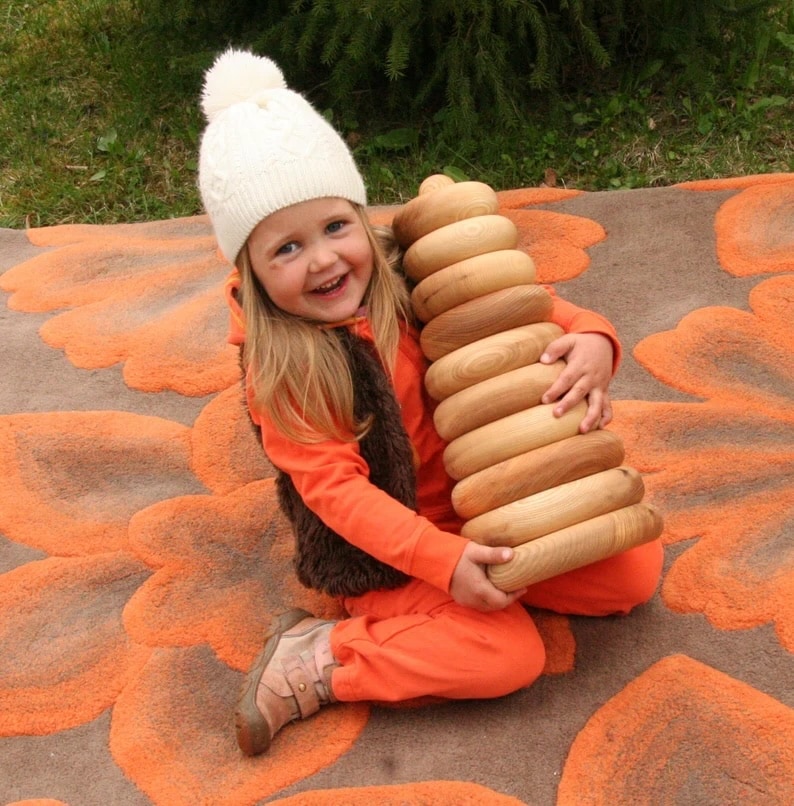

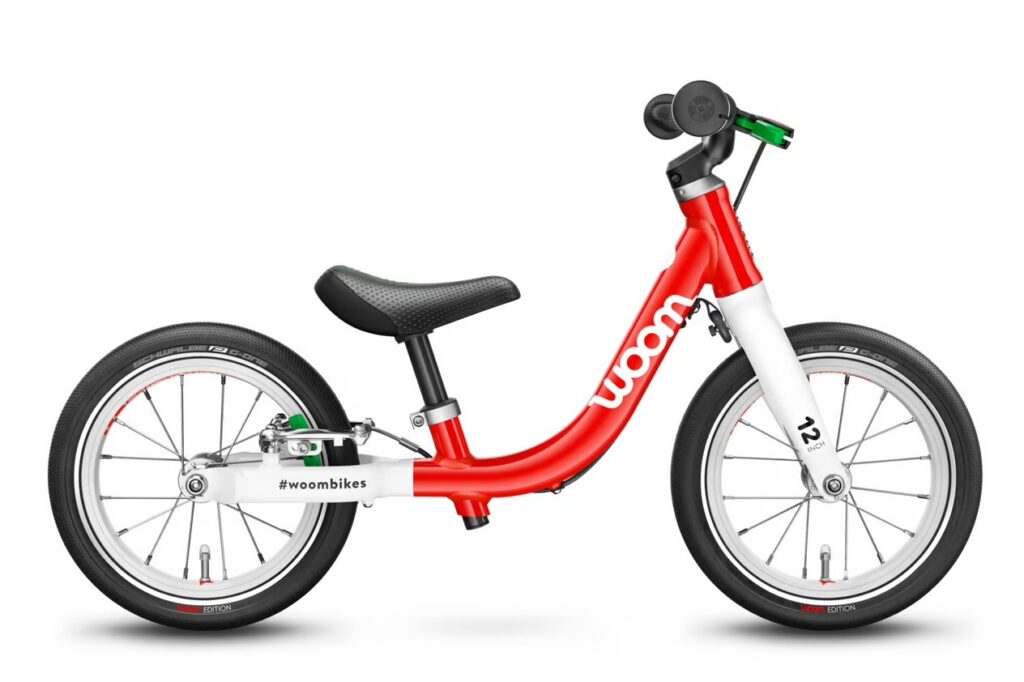


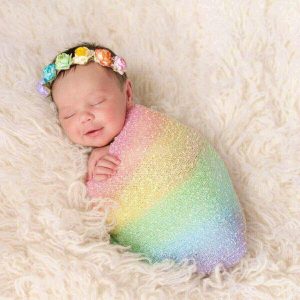

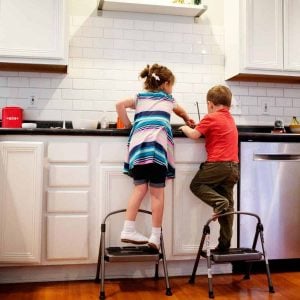




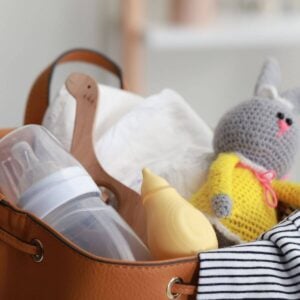
In contrast, I think building block toys would be better for children.
The wooden blocks and musical instruments were always my favorite toys in the classroom.